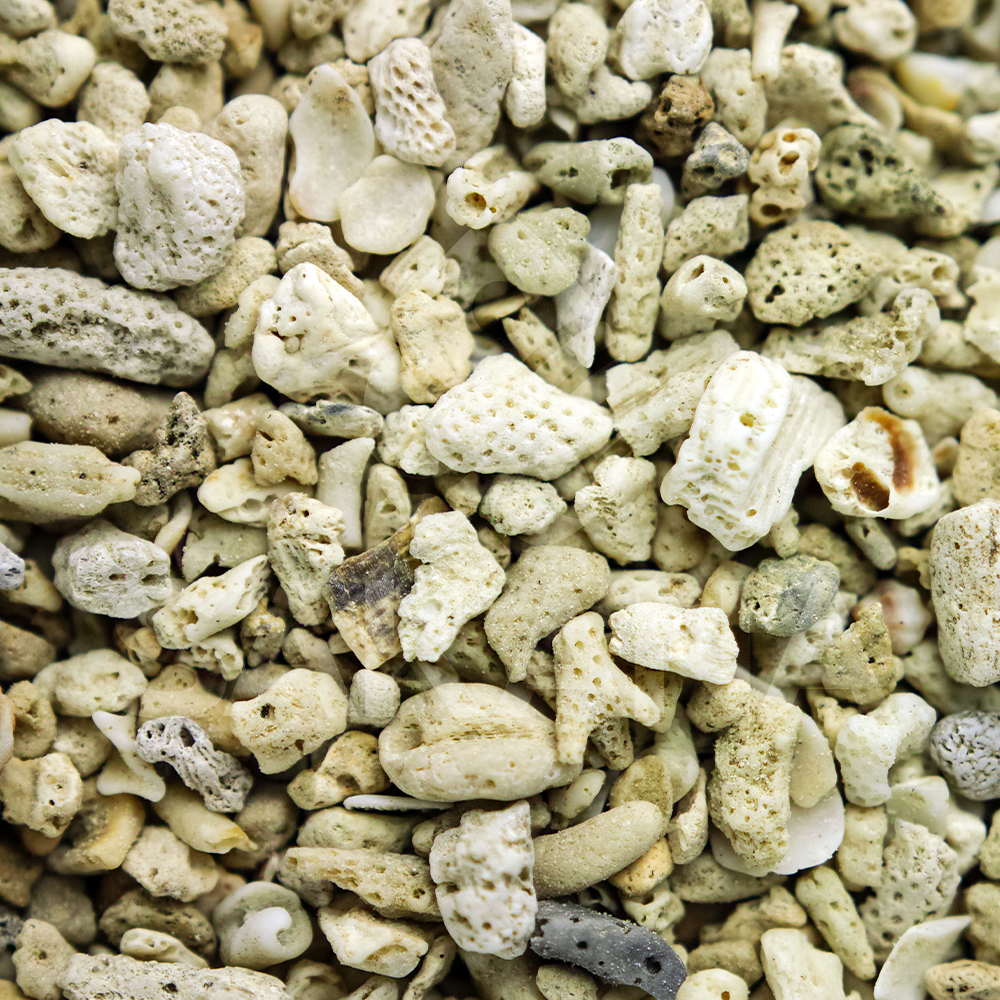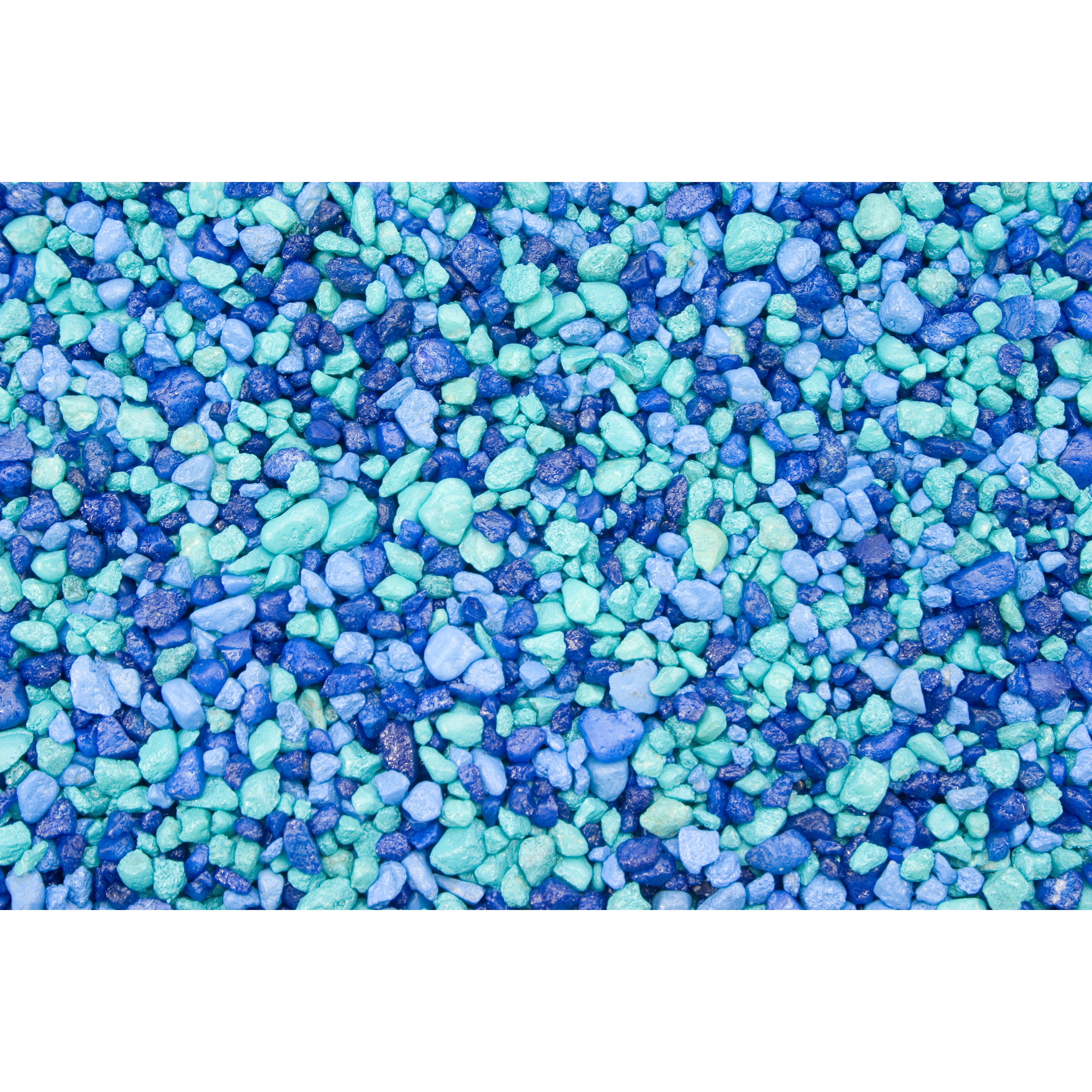
Generally, fine gravel is a cost-effective choice that works well with plants. Sand offers a lot of hold for roots, but deeper areas of sand can develop anaerobic bacteria (bacteria that grows without oxygen), which is thought to deter root growth. Large gravel can damage stems as you plant them, and the roots hold better to smaller-grade gravel. If you have live plants: Plants have roots and delicate stems, and unless you’re using dirt as your substrate (which is best left to the experts), they’ll be hungry for nutrients. If your aquarium inhabitants are big waste producers like large catfish or turtles, large-grain gravel or even glass marbles are the easiest to vacuum, and could be the best choice for you. All fish will come in contact with gravel from time to time, so the best gravel should be round-edged to avoid scratching. Scavenging fish such as goldfish can also have larger pieces of gravel become lodged in their mouths as they forage for food. If your fish will be living in it: Many species of fish, such as stingrays (There is a freshwater variant!) or Kuhli loaches will try to hide in your substrate, and they’ll need fine-grained materials to survive there without being harmed.

They can be very intense too – I’ve ruined strainers permanently with the dyes off bags of black gravel.Ĭhoosing the right gravel or substrate for your aquarium should be based on what’s living there, including: The dyes in the aquarium are not always healthy for the fish if they bleed into the water, and these seals can help to protect them. With that in mind, if you’re selecting a colored gravel, you’ll want to make sure that it’s been created with a “polymer seal”. For example, adding crushed coral or aragonite will harden water, add a PH buffer, and often add minerals to the water that are beneficial to some types of fish. They also become anchors for the roots of live plants, which can do wonders to add beauty, balance your water chemistry, and add oxygen to the water.ĭepending on what you use, your aquarium substrate can have an impact on the overall water chemistry of the tank. In particular, gravel becomes the home of beneficial bacteria that will break down ammonia from fish urine and waste into nitrites, and then transform nitrites into nitrates, which are less toxic for the fish. Generally speaking, however, adding gravel to your aquarium is a wise choice. In these cases, a no-gravel approach aids in waste removal, allowing the owner to keep things extremely clean when doing water changes.

It’s also common when a fish owner is keeping large fish in a tank that may be too small for them. This is most common when an aquarist has many tanks and keeps a small one empty as a “hospital” tank for sick fish. In some cases, the wise choice could be to not have any aquarium substrate at all. Before committing to an aquarium substrate, take a moment to ask yourself these four questions: What you choose for your substrate is, both literally and figuratively, the foundation of your aquarium, and a little planning can go a long way to a beautiful, successful system. And while the “curb appeal” of an aquarium - its gravel and decorations - are definitely a major part of the hobby’s appeal, there’s a lot your gravel can do for your aquarium’s beauty, as well as the health and behavior of your fish. For a beginning aquarist, choosing the right gravel (substrate) for your tank can seem as simple as choosing your favorite color and running with it.


 0 kommentar(er)
0 kommentar(er)
